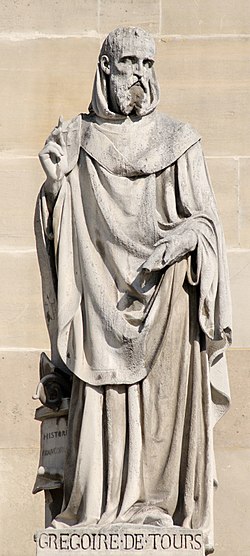| Years |
|---|
| Millennium |
| 1st millennium |
| Centuries |
| Decades |
| Years |
| 573 by topic |
|---|
| Leaders |
| Categories |
| Gregorian calendar | 573 DLXXIII |
| Ab urbe condita | 1326 |
| Armenian calendar | 22 ԹՎ ԻԲ |
| Assyrian calendar | 5323 |
| Balinese saka calendar | 494–495 |
| Bengali calendar | −21 – −20 |
| Berber calendar | 1523 |
| Buddhist calendar | 1117 |
| Burmese calendar | −65 |
| Byzantine calendar | 6081–6082 |
| Chinese calendar | 壬辰年 (Water Dragon) 3270 or 3063 — to — 癸巳年 (Water Snake) 3271 or 3064 |
| Coptic calendar | 289–290 |
| Discordian calendar | 1739 |
| Ethiopian calendar | 565–566 |
| Hebrew calendar | 4333–4334 |
| Hindu calendars | |
| - Vikram Samvat | 629–630 |
| - Shaka Samvat | 494–495 |
| - Kali Yuga | 3673–3674 |
| Holocene calendar | 10573 |
| Iranian calendar | 49 BP – 48 BP |
| Islamic calendar | 51 BH – 50 BH |
| Javanese calendar | 461–462 |
| Julian calendar | 573 DLXXIII |
| Korean calendar | 2906 |
| Minguo calendar | 1339 before ROC 民前1339年 |
| Nanakshahi calendar | −895 |
| Seleucid era | 884/885 AG |
| Thai solar calendar | 1115–1116 |
| Tibetan calendar | ཆུ་ཕོ་འབྲུག་ལོ་ (male Water-Dragon) 699 or 318 or −454 — to — ཆུ་མོ་སྦྲུལ་ལོ་ (female Water-Snake) 700 or 319 or −453 |

Year 573 ( DLXXIII ) was a common year starting on Sunday of the Julian calendar. The denomination 573 for this year has been used since the early medieval period, when the Anno Domini calendar era became the prevalent method in Europe for naming years.